Key Features:
- ATmega328P SMD Microcontroller: A dependable 8-bit chip running at 16 MHz for solid performance.
- USB-type-C Interface: Convenient, modern connection for programming and powering your board.
- 14 Digital I/O Pins: These allow you to control everything from LEDs to motors, with 6 pins offering PWM for more precise control.
- 6 Analog Input Pins: Great for reading sensor data and other analogue signals.
- 32KB Flash Memory: Plenty of room to store your code and projects.
- Flexible Power Options: Power it through USB-type-C or use an external 7-12V in
Technical Specifications:
- Microcontroller: ATmega328P (SMD)
- Operating Voltage: 5V
- Communication Interface: CH340G
- Input Voltage: 7-12V (recommended)
- Digital I/O Pins: 14 (6 with PWM capability)
- Analog Input Pins: 6
- Flash Memory: 32KB (0.5KB used by bootloader)
- SRAM: 2KB
- EEPROM: 1KB
- Clock Speed: 16MHz
- Dimensions: 68.6mm x 53.4mm
- Weight: Approx. 25g
Applications:
- Smart Devices & IoT: Create connected devices or easily automate your home.
- Robotics Projects: Ideal for controlling sensors, motors, and everything else a robot might need.
- Learning & Education: A fantastic way to get hands-on experience with electronics and coding.
- Prototyping: Quickly build and test out new ideas and concepts.
- Home Automation: Use it to add smart features to your home, like controlling lights or security systems.
Getting Started:
- Install the Arduino IDE: Download the latest version from the official Arduino website.
- Power Up: Connect via the USB-type-C port for power and programming or use an external 7-12V power supply.
- Upload Code: Write and upload your projects using the easy-to-use Arduino IDE.
- Install Drivers (if needed): If your computer doesn’t recognize the board, you may need to install the CH340 driver for smooth communication.

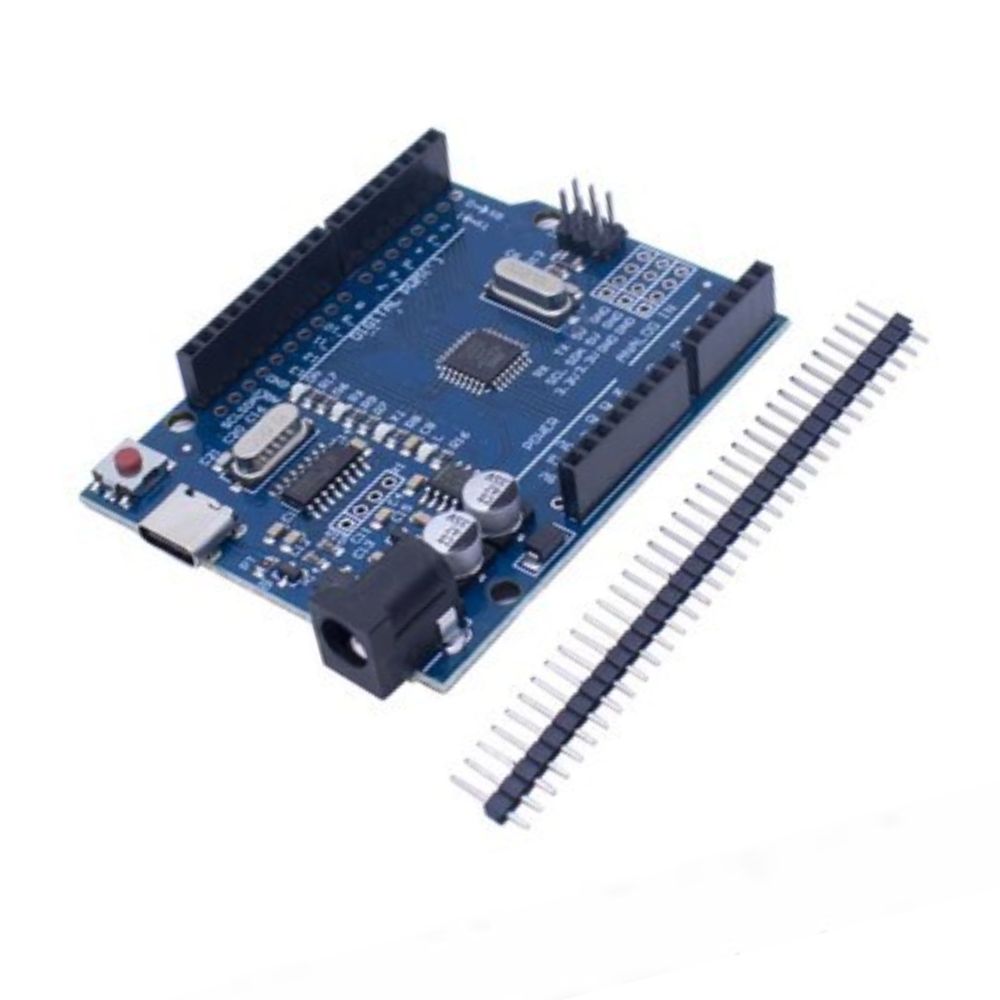
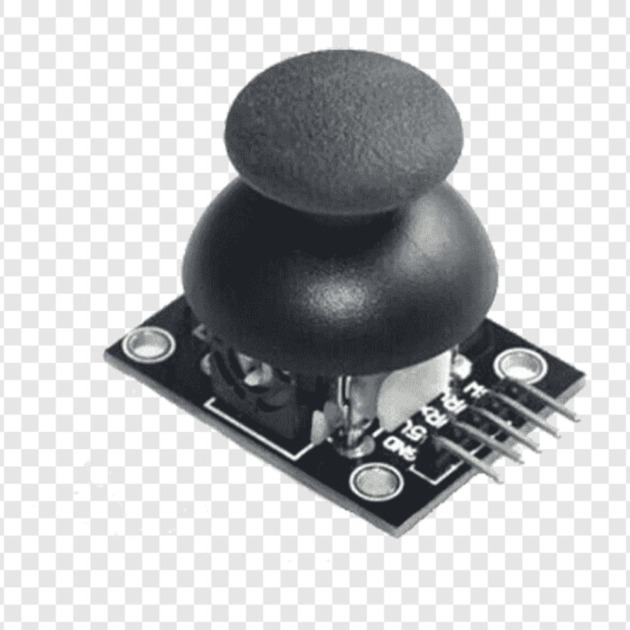
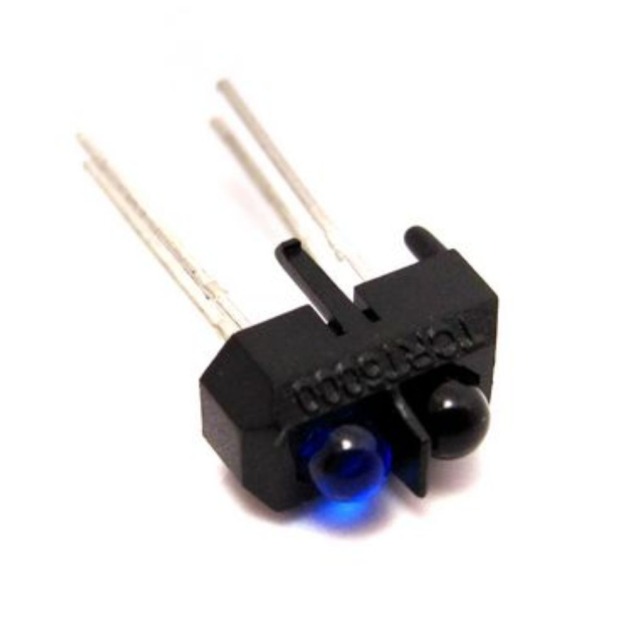

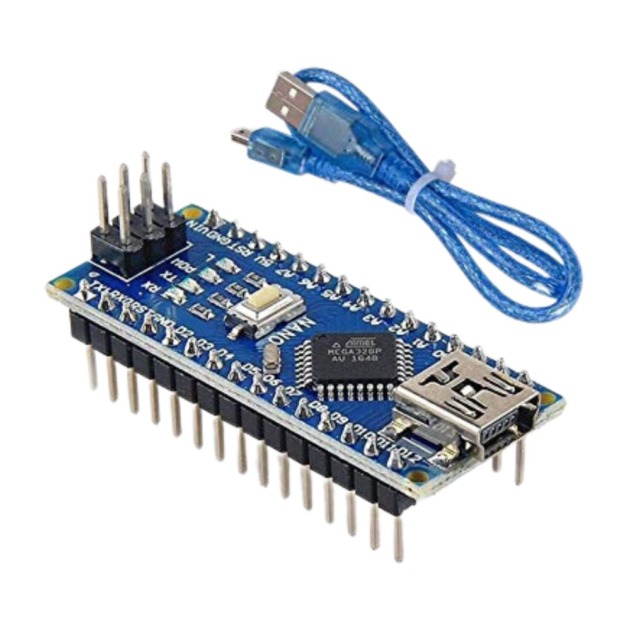

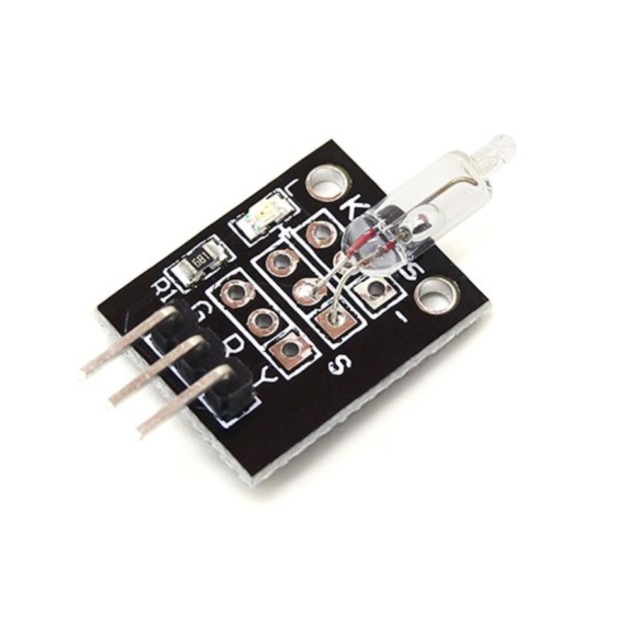

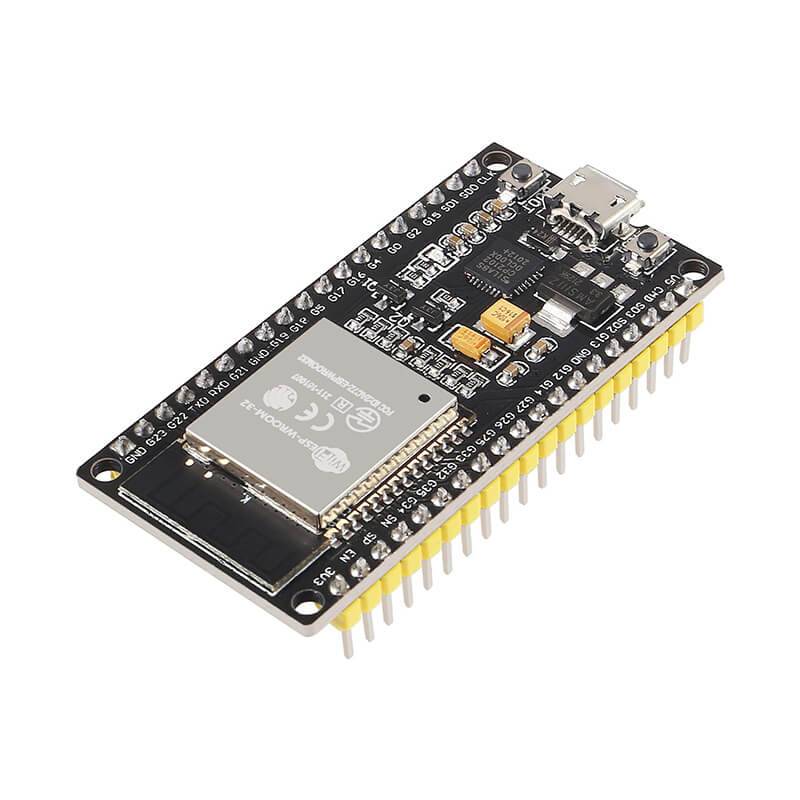

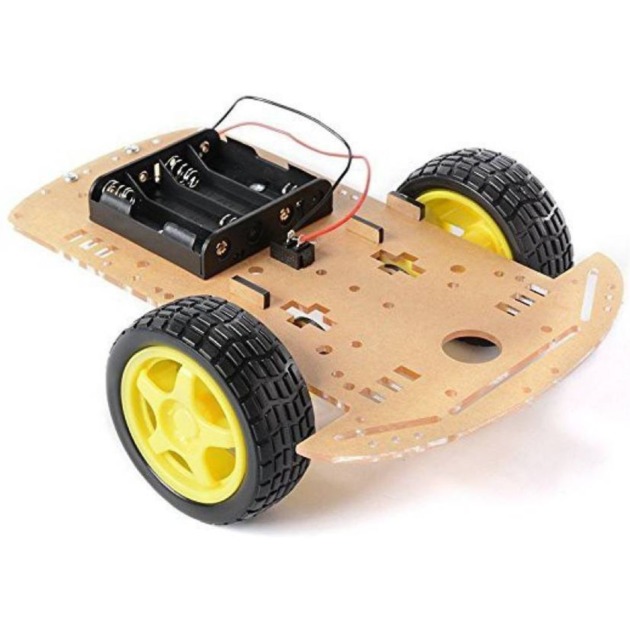
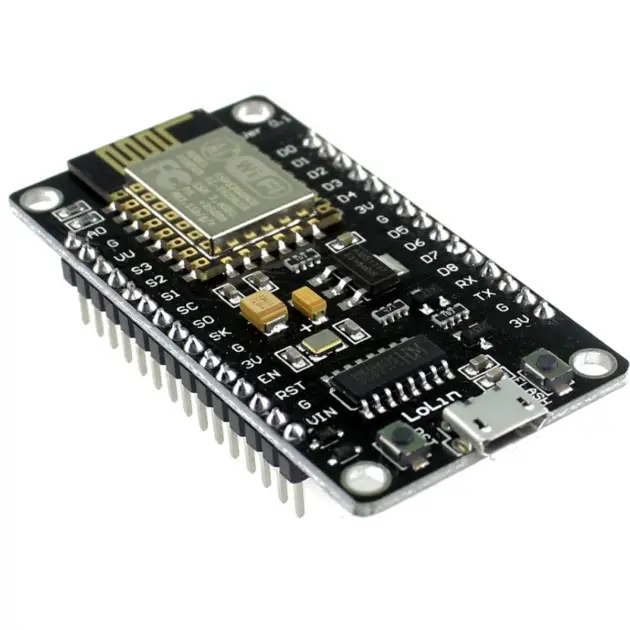
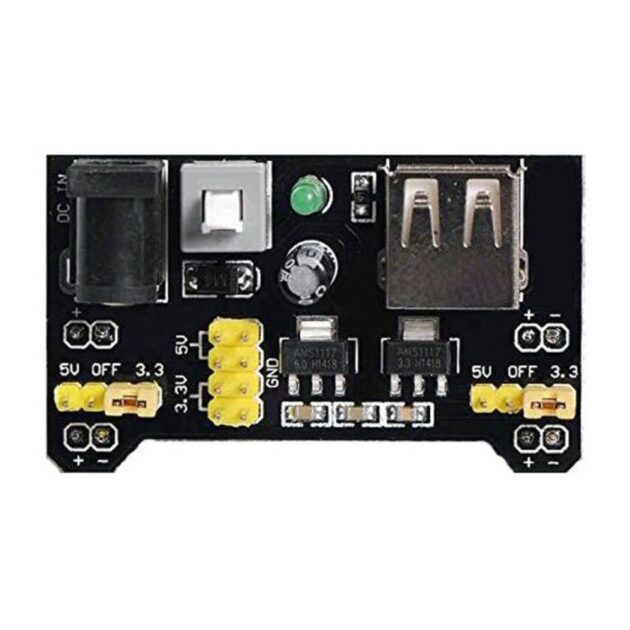
Reviews
There are no reviews yet.